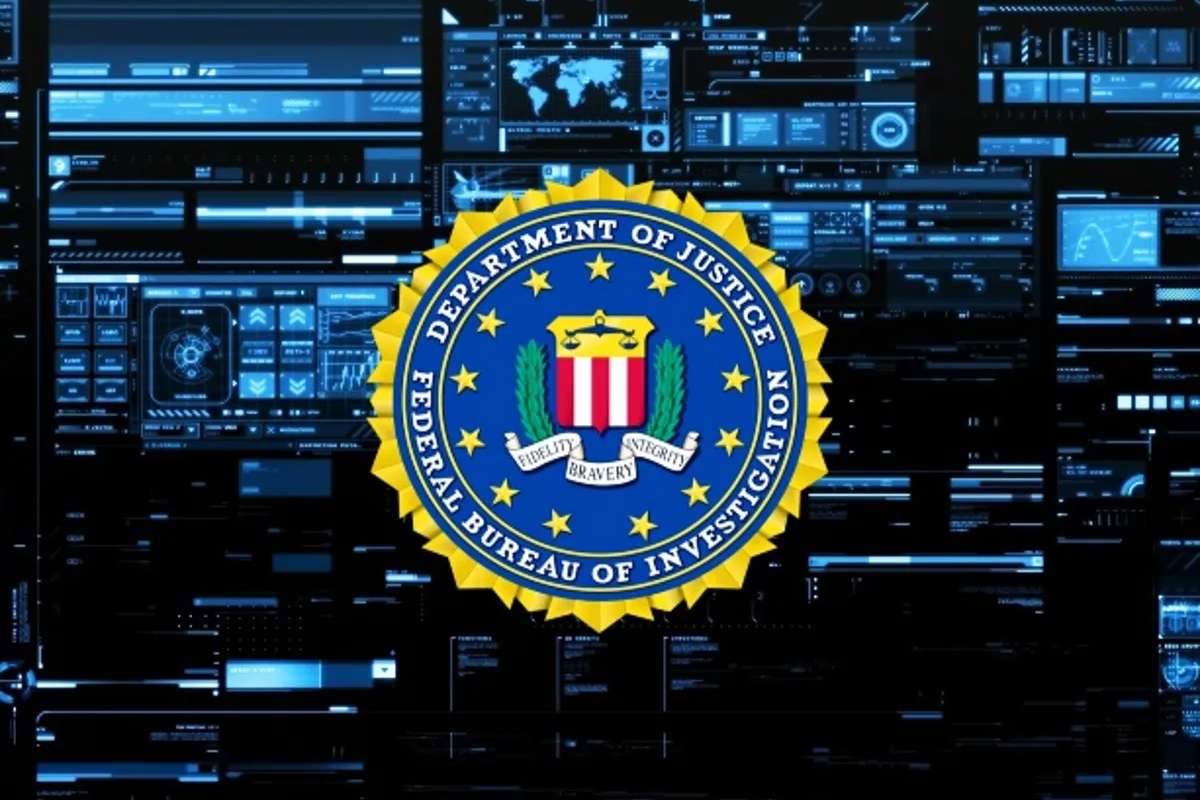Why Cybersecurity for Solar Equipment is Vital
In today’s digital age, where convenience, safety, and national security are paramount, the vulnerability of solar infrastructure to cyberattacks poses a significant concern. As cities increasingly rely on solar panels for critical energy infrastructure, the risk of widespread blackouts from a well-placed cyberattack looms large. The issue extends beyond smart cities and homeowners; with the rapid acceleration of solar adoption, even utility-scale power plants are susceptible to such attacks. Moreover, the country’s reliance on satellites, which utilize solar array systems, adds another layer of vulnerability. Recognizing the gravity of the situation, the United States Department of Energy has prioritized addressing solar cybersecurity, citing its importance for national security and the economy.
Challenges in Ensuring Solar Cybersecurity
The evolving landscape of solar technology brings forth significant challenges in ensuring robust cybersecurity. Once considered insignificant, the cyber risk associated with solar infrastructure has grown as adoption rates soar and digital transformation advances. Interconnectedness has made components more vulnerable to cyber threats, with solar photovoltaic inverters, crucial for converting solar energy, increasingly becoming Internet of Things (IoT) devices. These vulnerabilities are compounded by inadequately secured supervisory control and data acquisition (SCADA) systems, which are susceptible to critical vulnerabilities. Furthermore, the essential services provided by solar infrastructure make it a prime target for ransomware and distributed denial-of-service attacks, adding to the urgency of addressing these weaknesses.
How Hackers Exploit Solar Equipment and the Consequences of Successful Attacks
As solar technology becomes more pervasive, hackers are devising new methods to exploit vulnerabilities in solar equipment. From intercepting and manipulating inverter data to targeting low-orbit satellites, hackers can disrupt power supply, leading to service interruptions and potential information blackouts. Successful cyberattacks can enable hackers to seize control of inverters, tampering with power output and potentially causing blackouts or even electrical fires. The dispersed nature of solar infrastructure may mitigate the impact of individual attacks, but coordinated efforts by threat actors could lead to widespread disruptions. The consequences of successful cyberattacks underscore the critical need for robust cybersecurity measures.
Tips to Enhance Solar Cybersecurity Resilience
To mitigate the risk of cyber threats, robust cybersecurity measures must be implemented across the solar infrastructure. The principle of least privilege restricts access to data and systems, limiting potential points of entry for attackers. Network segmentation confines devices into segments based on risk level, restricting lateral movement in the event of an infiltration. Intelligent automation technology enables proactive incident response, forecasting potential failures and allowing for timely adjustments. Implementing a security information and event management (SIEM) system enables real-time monitoring and analysis of network activity, facilitating swift incident response.
Prioritizing Solar Cybersecurity
As solar technology continues to proliferate, the importance of cybersecurity cannot be overstated. From ensuring uninterrupted energy supply to safeguarding national security, the implications of a successful cyberattack on solar infrastructure are far-reaching. Addressing the challenges posed by evolving cyber threats requires a concerted effort from stakeholders across sectors. By implementing robust cybersecurity measures and adopting proactive strategies, the resilience of solar infrastructure can be enhanced, safeguarding against potential cyber threats and ensuring the reliability of renewable energy sources for years to come.






